 Holidays are times when you can relax and reflect, spend time with friends and family, and indulge in copious amounts of turkey, ham, mashed potatoes, and pie. Well, maybe don’t eat so much pie. But we do have plenty of reasons to not only be grateful, and to be inspired for the future.
Holidays are times when you can relax and reflect, spend time with friends and family, and indulge in copious amounts of turkey, ham, mashed potatoes, and pie. Well, maybe don’t eat so much pie. But we do have plenty of reasons to not only be grateful, and to be inspired for the future.
Top Ten Things That Inspire Me
You probably have a hundred things you are excited about for the next decade. I have compiled my personal Thomas’s Top Ten list of things I am inspired by and that make me smile.
- Good health: There’s a lot to say about good health, such as being able to do things you like to do, go places you want to visit, and experience everything life has to offer. Being in the fitness industry predisposes a person to being health-minded, but it’s not an easy road and definitely something not to be taken for granted.
- Good friends: Spending time with friends is important. Like good health, this isn’t always easy and sometimes there are roadblocks along the way. I believe my favorite place on earth is wherever my best friend is at that time.
- Pets: If you have pets, you instantly have a built-in best friend. When treated well, these little animals can give you love and affection after a long day at work, or give you the inspiration to go out and exercise when you are tired.
- Sunshine: Sunshine is such an important aspect of life that it comes in at number four on my list. Without the sunshine, there is no life. Go out on a sunny day and see for yourself. There is something to be said for rainy days too… without rain, there would be no trees, flowers, or rivers.
- Fresh air: I am grateful for fresh air, even if it’s cold and crisp. Being able to breathe well is something to be thankful for because it isn’t easy for everyone. Fresh air can improve your sleep as well as overall well-being.
- Clean water: Having a clean water source and plenty to go around is a beautiful thing. All too often, we take having clean water for granted. Our bodies need water to function well—and being able to stay outwardly clean doesn’t hurt, either.
- Good sleep: Sleeping is where we recharge our batteries. After a long day of work and play, our bodies need sleep to rebuild muscle and alleviate mental fatigue. Also, sleeping in on the weekend is okay!
- Books: I am very grateful for not only the ability to read, but also all the books that inspire me in life and work. Even further, books allow not only for education, but also relaxation. There is something to be said about someone who enjoys being an active participant in their entertainment. Also, you can multiply your happiness when you share your books with your friends.
- Music: Sometimes people can associate music and songs with nearly every aspect of their lives. You can almost define certain life events with music (what was your high school spirit song, or are there any songs that you remember from elementary school?). Also, music helps inspire and motivate people to exercise. Over the years, music may change, but the effect is still the same.
- Mountains: This can be taken both literally and metaphorically. Mountains are amazing. Thousands of years old, stoic, and everlasting, mountains can be a destination for relaxation (vacation), exercise (hiking), and relaxation. Thinking outside the box, a “mountain” can represent your own personal goal for the coming year. I am thankful for mountains because they are the ultimate reason for pursuing a healthy lifestyle.
What Inspires You?
What ideas are on your Top Ten list? I’m sure there are many I have failed to list that are as important or possibly more important than the ones I have listed. Take a few moments and jot them on a piece of paper. That’s how I started this blog!
Looking forward to a New Year and new decade is an exciting prospect. NIFS will be looking help you reach your goals, motivate you, and educate you with the most knowledgeable and expert advice available. Happy holidays and have a GREAT 2020.
This blog was written by Thomas Livengood, NIFS Health Fitness Instructor and Personal Trainer. To read more about the other NIFS bloggers, click here.


 Welcome to the final installment of the productivity series. If you need a second to catch up, check out these posts regarding
Welcome to the final installment of the productivity series. If you need a second to catch up, check out these posts regarding  ’Tis the season for swapping Christmas cookies, candy bowls, Hanukah dinners, holiday parties, and New Year’s Eve libations. We’ll take this month to refocus on a 10 simple ways to keep your body properly nourished and healthy this holiday season while keeping in mind that it is okay and certainly encouraged to partake in the holiday season festivities. New Year’s Resolutions are a great time to start new habits, but why not get a head start?
’Tis the season for swapping Christmas cookies, candy bowls, Hanukah dinners, holiday parties, and New Year’s Eve libations. We’ll take this month to refocus on a 10 simple ways to keep your body properly nourished and healthy this holiday season while keeping in mind that it is okay and certainly encouraged to partake in the holiday season festivities. New Year’s Resolutions are a great time to start new habits, but why not get a head start? Welcome to the third installment of the productivity hacks series. Last time, I tackled the subject of the
Welcome to the third installment of the productivity hacks series. Last time, I tackled the subject of the 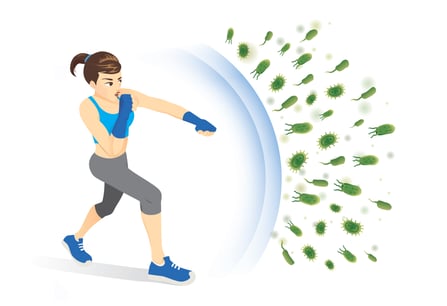 Have you ever noticed that during the cold and flu season, some people just don’t get sick no matter what? Or maybe you have wondered why after being exposed to the same virus, one person gets sick while the other doesn’t.
Have you ever noticed that during the cold and flu season, some people just don’t get sick no matter what? Or maybe you have wondered why after being exposed to the same virus, one person gets sick while the other doesn’t.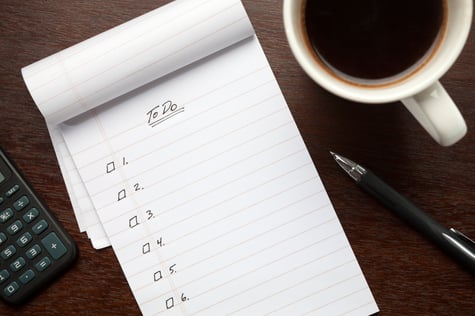 Welcome back, all you NIFty readers! In the
Welcome back, all you NIFty readers! In the 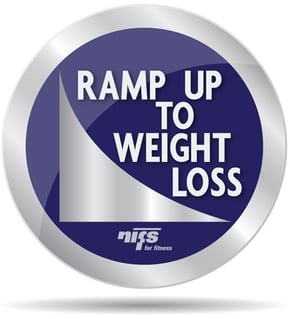 Ramp Up to Weight Loss
Ramp Up to Weight Loss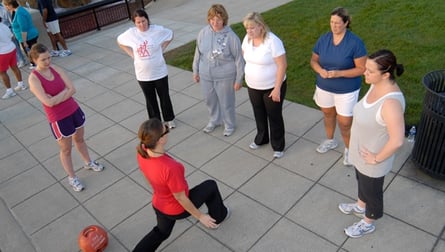 The ultimate goal by the end of the 16 weeks is to make sure you feel confident in your own abilities to continue the journey that you are on. Whether you are struggling with nutrition, knowing what to do in the gym, sleep, or stress management, this program provides resources to teach you how to handle these situations in ways that will aid you in achieving goals. We start by setting one long-term goal, then break it down into short-term goals to act as stepping stones to get there. After all of the goals are finalized, we look at what action steps can be taken to achieve them. Setting realistic goals is essential for staying on track, and reaching them builds confidence in your abilities.
The ultimate goal by the end of the 16 weeks is to make sure you feel confident in your own abilities to continue the journey that you are on. Whether you are struggling with nutrition, knowing what to do in the gym, sleep, or stress management, this program provides resources to teach you how to handle these situations in ways that will aid you in achieving goals. We start by setting one long-term goal, then break it down into short-term goals to act as stepping stones to get there. After all of the goals are finalized, we look at what action steps can be taken to achieve them. Setting realistic goals is essential for staying on track, and reaching them builds confidence in your abilities.
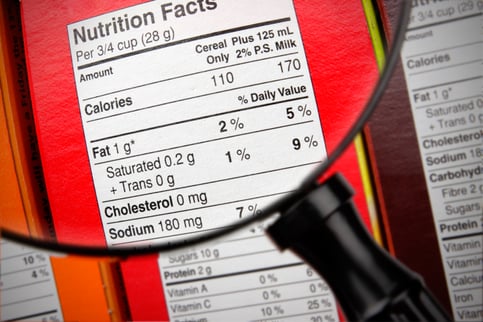 In
In  It should come as no surprise to anyone that High Intensity Interval Training (HIIT) and Metabolic Conditioning workouts are crazy-popular and are here to stay for the foreseeable future.
It should come as no surprise to anyone that High Intensity Interval Training (HIIT) and Metabolic Conditioning workouts are crazy-popular and are here to stay for the foreseeable future. It’s time to get serious about goal setting. Setting goals can help you dig more deeply into fitness and think about what you truly want to accomplish. Goals can range from wanting to walk 1 mile to squatting 2 times your body weight, and absolutely everything in between and beyond. Everyone is on a different path to fitness, so whatever your goals may be is completely up to you.
It’s time to get serious about goal setting. Setting goals can help you dig more deeply into fitness and think about what you truly want to accomplish. Goals can range from wanting to walk 1 mile to squatting 2 times your body weight, and absolutely everything in between and beyond. Everyone is on a different path to fitness, so whatever your goals may be is completely up to you.